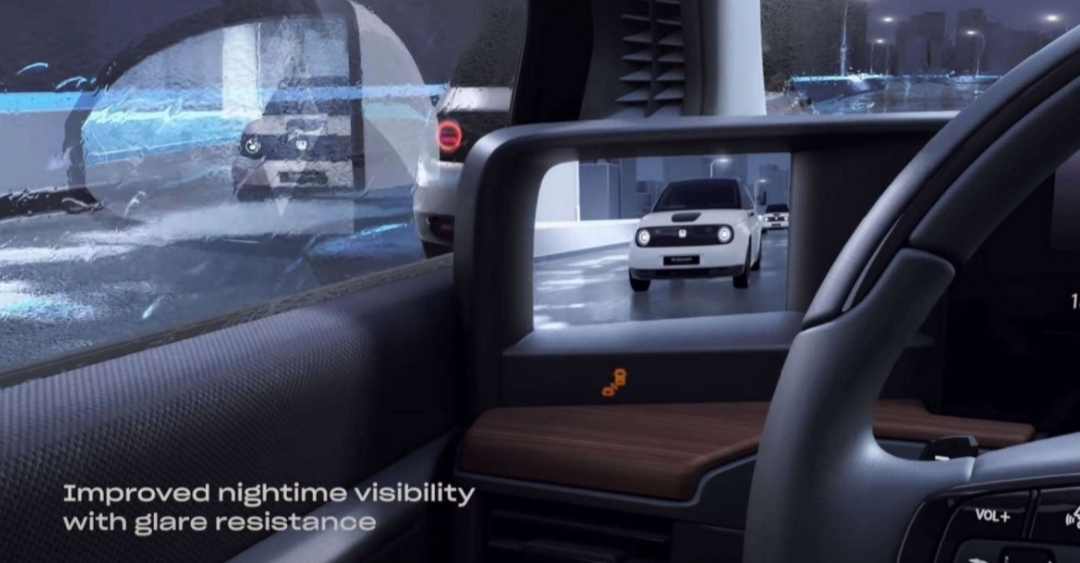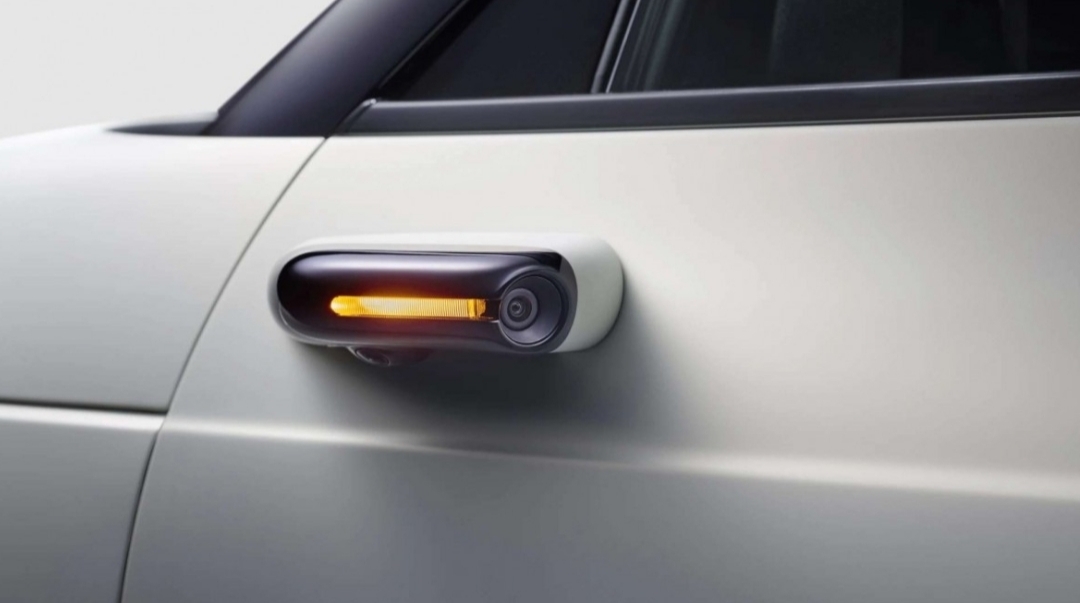Mirror Cameras in Cars: The Future of Driving or a Complicated Gimmick?
Replacing traditional side mirrors with camera-based systems is becoming a growing trend in the auto industry. First introduced in concept vehicles like the Volkswagen XL1, the innovation gained real traction in 2019 with the launch of the Audi e-tron, which offered mirror cameras as an option. That same year, Honda made the feature standard in its futuristic EV, the Honda E.
Now, mirror cameras are becoming increasingly common, especially in EVs like the Hyundai Ioniq 5. However, adoption in markets like the United States remains limited due to regulatory restrictions—mirror cameras aren't street-legal there yet. If U.S. lawmakers eventually approve them, companies like Tesla, which have long supported mirrorless designs, could finally implement them.
But how much of an upgrade are mirror cameras really?
Mirror Cameras: Key Benefits
Improved Aerodynamics and Efficiency
Mirror cameras reduce drag and improve a car’s aerodynamic profile, leading to better range and efficiency—crucial for EVs. Honda claims a 3.8% efficiency gain by using cameras instead of traditional mirrors.
Better Visibility and Safety
Thanks to wide-angle lenses, these cameras eliminate common blind spots, offering a broader, more detailed view of the road. They also outperform traditional mirrors in low-light conditions, such as in tunnels or during bad weather, since the image settings (ISO, exposure, white balance) can be adjusted dynamically.
Sleek, Futuristic Design
Mirror cameras contribute to a cleaner and more modern aesthetic, aligning with the minimalist design language of modern electric vehicles. Designers have long envisioned mirrorless cars, and this technology brings that vision to life.
Mirror Cameras: The Downsides
Higher Costs & Maintenance
Camera systems are more expensive to manufacture, repair, and replace compared to simple glass mirrors. They're also prone to electronic malfunctions, which can be inconvenient or even dangerous.
Image Quality Limitations
Even with today’s advanced tech, camera footage can suffer from grain, blur, or glare in various conditions—bright sun, rain, or nighttime driving.
Eye-Strain Issues for Some Drivers
One major flaw rarely discussed is the impact on drivers with vision problems, especially presbyopia (age-related farsightedness). Unlike mirrors that reflect distant light, displays show images up close. This forces the eye to constantly refocus—something challenging for older drivers or anyone using bifocal or progressive lenses.
Similarly, screen-based rearview mirrors create the same challenge. Our eyes easily shift focus between a conventional rearview mirror and the road because they share a similar focal distance. But screen displays require a nearer focal distance, making it hard for those with vision impairments to adjust quickly and safely.
So, What’s the Verdict?
While mirror cameras offer futuristic appeal and real aerodynamic benefits, they aren’t for everyone. For now, the best approach is to offer them as an option, rather than making them standard. Not every driver will benefit equally from this technology, especially those with age-related vision issues or those concerned about repair costs.
Fortunately, most carmakers understand this and continue to give buyers the freedom to choose. We hope it stays that way as the technology matures and regulations evolve.










Post a Comment